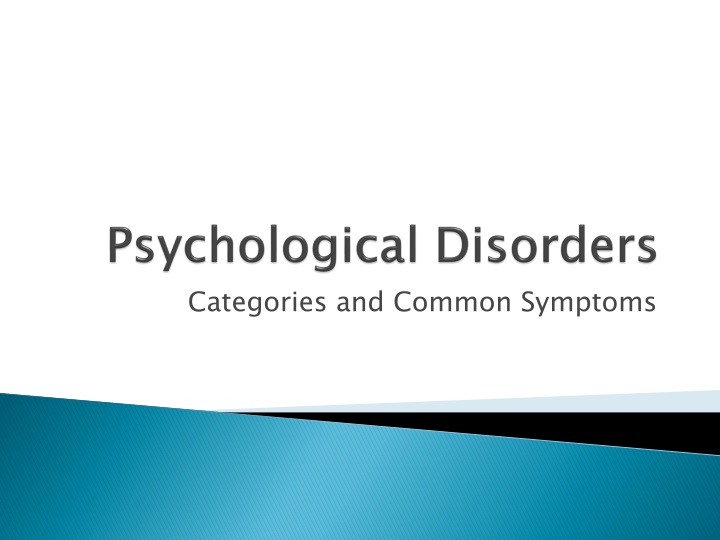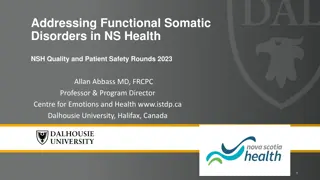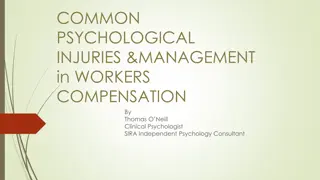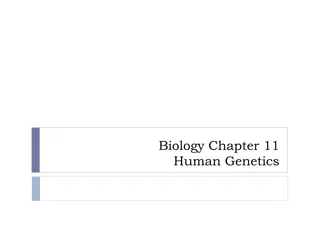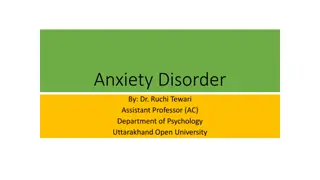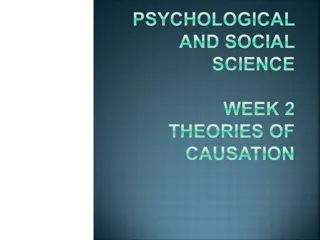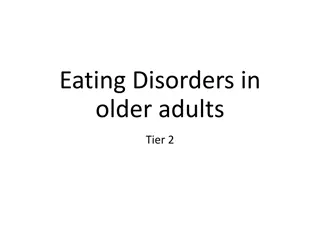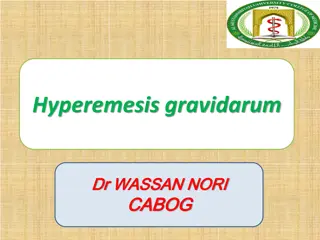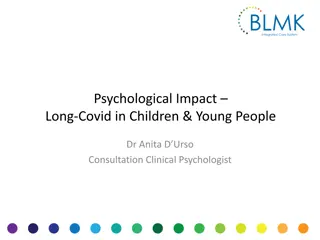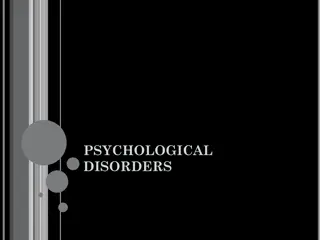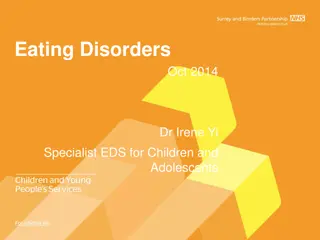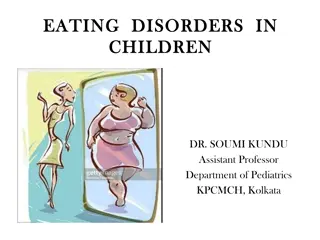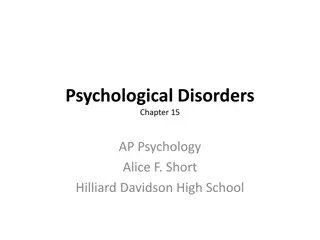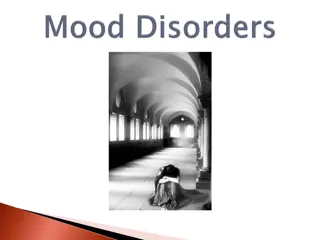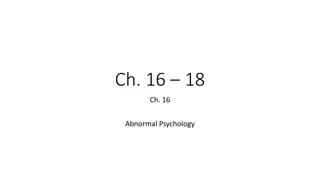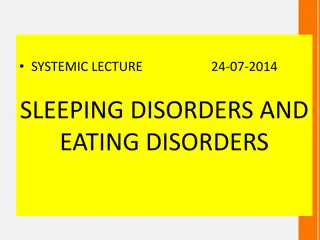Categories and Symptoms in Psychological Disorders
The American Psychiatric Association's Diagnostic and Statistical Manual of Mental Disorders (DSM) describes various psychological disorders, ranging from antisocial behavior to phobias and post-traumatic stress disorder. Individuals may exhibit symptoms such as anxiety, panic attacks, or hypochondriasis, impacting their daily lives and relationships. Disorders like amnesia and dissociative identity disorder reveal complex coping mechanisms and challenges in mental health. Understanding these categories and common symptoms can aid in early identification and treatment of psychological disorders.
Download Presentation

Please find below an Image/Link to download the presentation.
The content on the website is provided AS IS for your information and personal use only. It may not be sold, licensed, or shared on other websites without obtaining consent from the author.If you encounter any issues during the download, it is possible that the publisher has removed the file from their server.
You are allowed to download the files provided on this website for personal or commercial use, subject to the condition that they are used lawfully. All files are the property of their respective owners.
The content on the website is provided AS IS for your information and personal use only. It may not be sold, licensed, or shared on other websites without obtaining consent from the author.
E N D
Presentation Transcript
The American Psychiatric Association rendered a Diagnostic and Statistical Manual of Mental Disorders (DSM) to describe psychological disorders. The most recent edition, DSM-IV-TR (Text Revision, 2000), describes 400 psychological disorders compared to 60 in the 1950s.
Antisocial: violation of other s rights. Treat others as objects. Live for the moment-thrill seekers. No shame or guilt. Do not profit from experience (sociopaths or psychopaths) Dependent excessive need to be taken care of. Obsessive Compulsive being orderly, having control and achieving perfection. Paranoid as having evil motives. Antisocial: persistent disregard for and Dependent: patterns of submissiveness and Obsessive Compulsive: intense interest in Paranoid: distrusts others, perceives others
Generalized Anxiety Disorder Experience continuous anxiety. Fearing unknown and unforeseen circumstances, they are unable to make decisions. Become preoccupied with internal problems-neglect social relationships. Phobic Disorder Severe anxiety focused on a particular object, animal, activity or situation that seems out of proportion to the real dangers involved. Panic Disorder Experience feelings of sudden, helpless terror (likened to what you might feel like when cornered by a predator). Symptoms include sense of smothering, choking, difficulty breathing, faintness, or dizziness.
Post Traumatic Stress Disorder A person who has experienced a traumatic event feels severe and long-lasting aftereffects. Symptoms include involuntary flashbacks, recurring nightmares, insomnia, and/or feelings of guilt.
Hypochondriasis A person in good health becomes preoccupied with imaginary ailments. Spend a lot of time searching for serious ailments, misinterprets minor ailments as early signs of fatal illness.
Amnesia May be an attempt to escape from problems by blotting them out completely. Often results from traumatic event . Dissociative Identity Disorder (Multiple Personality Disorder) Someone has two or more distinct personalities, each with its own way of thinking and behaving. A way to escape from a part of the self that one fears
withdraw from normal life, and has distorted perceptions and behaviors. Thoughts are disturbed and have lost touch with reality. (Delusions and hallucinations common). Paranoid: hallucinations and delusions of grandeur or persecution. Catatonic: remain motionless for long periods of time, exhibiting a waxy flexibility. Disorganized: incoherent language, inappropriate emotions, disorganized motor behavior, hallucinations and delusions.
This morning when I was at Hillside [Hospital], I was making a movie. I was surrounded by movie stars I m Mary Poppins. Is this room painted blue to get me upset? My grandmother died four weeks after my eighteenth birthday. (Sheehan, 1982) This monologue illustrates fragmented, bizarre thinking with distorted beliefs called delusions ( I m Mary Poppins ).
Bipolar Disorder Individuals are excessively and inappropriately happy or unhappy. During manic phase, experience elation, confusion, distractibility, racing thoughts, exaggerated self-esteem and irresponsible behavior. During depressive phase, experience feelings of failure, sinfulness, worthlessness, and despair. Bipolar Disorder Seasonal Affective Disorder Develop and maintain depression during winter months. Seasonal Affective Disorder
